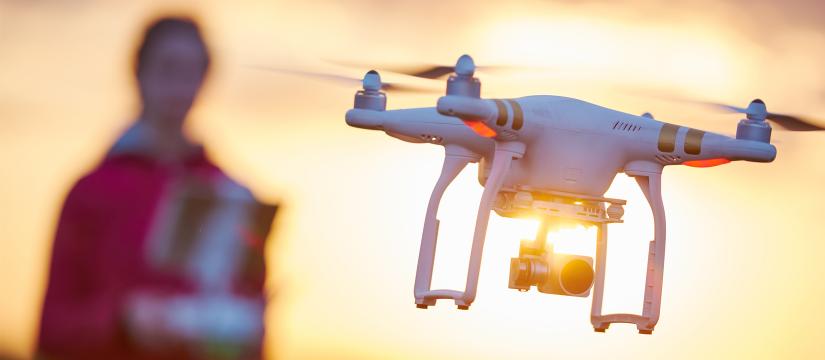The Internet of Things is an area of InsurTech that is driving innovation, primarily with telemetry and wearables for auto, health and home insurance. Carriers are eager to capitalize for lower premiums and more personalized policies for customers.
The number of internet-connected devices and sensors is projected to reach 50 billion by 2020, which will have a significant impact on the availability of real-time information that insurers can use for better pricing/underwriting.
Lately, Drones are playing the important role when it comes to the insurance sector. For example, hurricanes Harvey and Irma, drones were flying overhead and capture the images to speed up the insurance process.
Drones are the state-of-the-art equipment which saves money, saves the homeowner, and just looks so much more professional. How can a drone inspection help you when you have roof damage?
Vince Lefton, CEO and Co-Founder at bulldogadjusters curated a list of the top five ways how drones are helping the insurance industry in roof and house damage.
1. Safety: Your roof damage will be safer for your public adjuster and your insurance adjuster. One of the most dangerous parts of the job is going up onto high areas and sites like roofs.
2. Faster: A roof damage inspection that normally takes close to forty-five minutes or more now takes only about ten minutes using aerial equipment.
3. Cost Reduction and accurate settlements: Investing in a drone is often cheaper in the long run than the use of personnel to climb onto the roof. Speaking from the perspective of the businesses insurance policy, it is also much cheaper to not have employees going up onto the roof when roof damage is present. As you can imagine, insurance premiums are cut in half when a drone is used instead of an employee. The cost per inspection decreases and the time it takes to complete an inspection with more quality data on the roof damage is also lessened. In-depth, zoomed in, and birds-eye view roof photographs can be taken that leads to more accurate settlements.
4. Professionalism: Using drones is more professional than using human capital to inspect potentially dangerous roof damage. Given the benefits above, drones differentiate the public adjuster from competitors. Homeowners are impressed when a public adjuster is aware of the safety concerns and technological benefits that behoove the final outcome of the homeowner’s roof damage.
5. Steep Roofs: Where many public adjusters and insurance adjusters will not go, but drones can. Imagine extremely steep roofs. While heavy winds and torrential rain cause roof damage, inspections are difficult and dangerous to perform with the traditional methods. Drones can easily perform these types of inspections and in a third of the time that insurance adjusters and other public adjusters take.
Today, we live in an era of rapid technological revolution which is changing the way insurers prepare for. Drones are one of the many new tools with which Insurance sector can be transformed and plays an important part to save money and lives.
Knowledge thats worth delivered in your inbox





